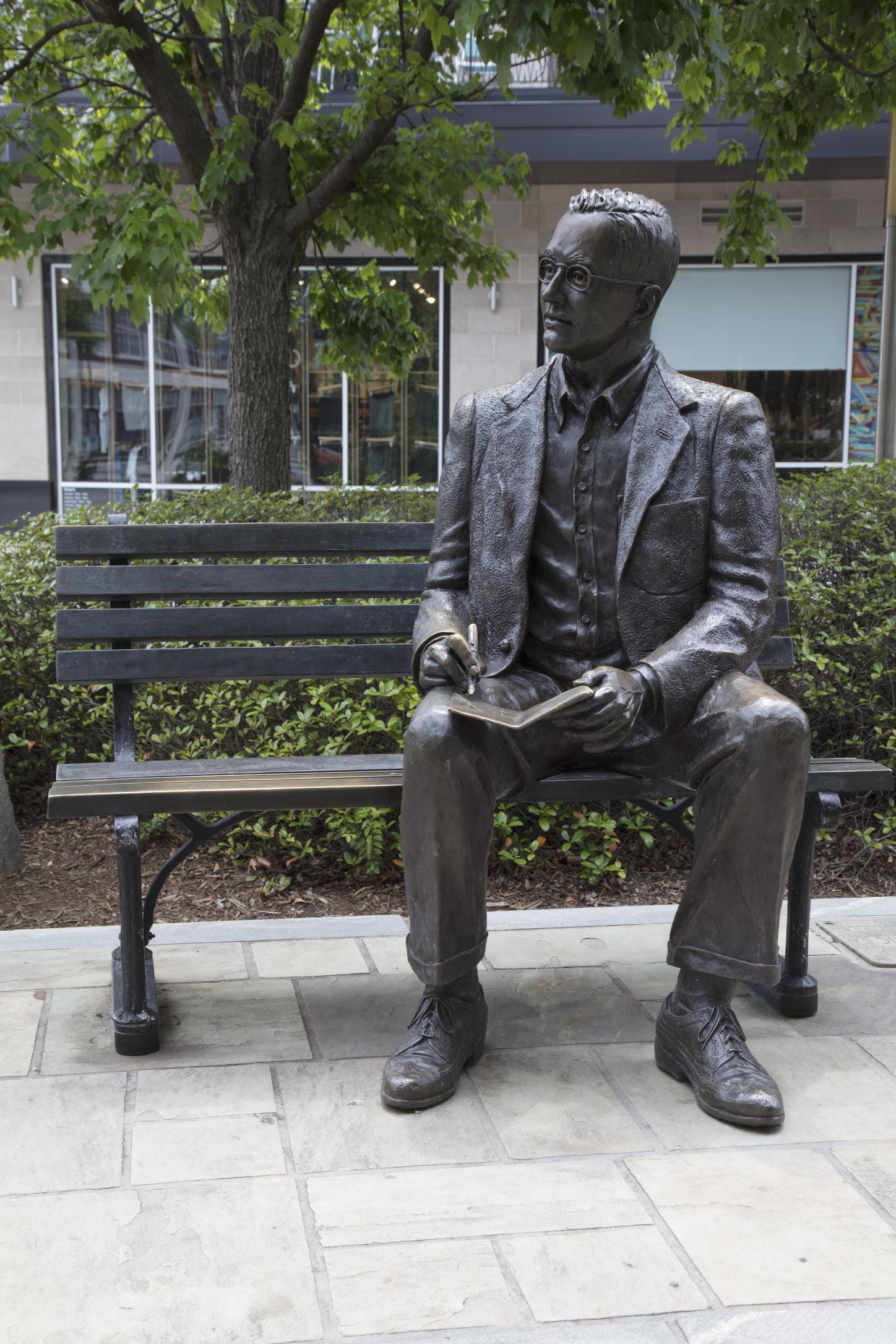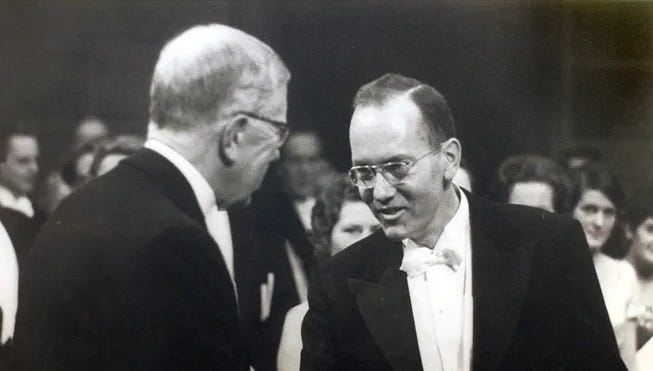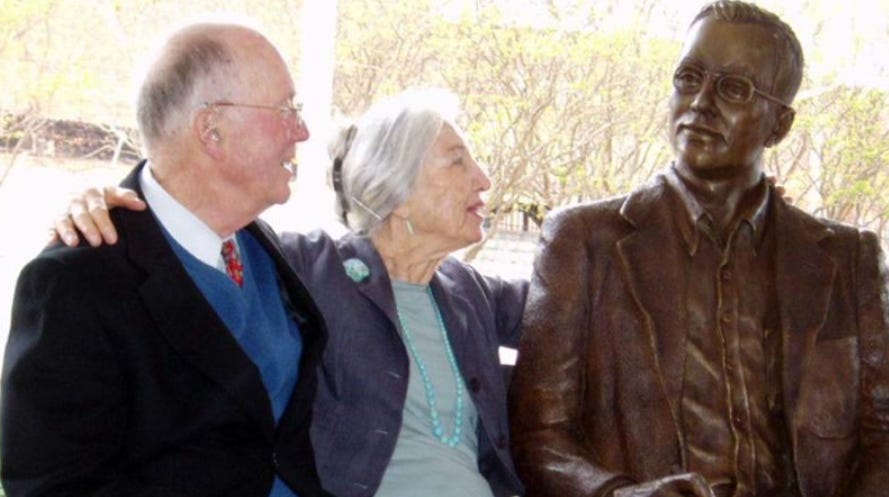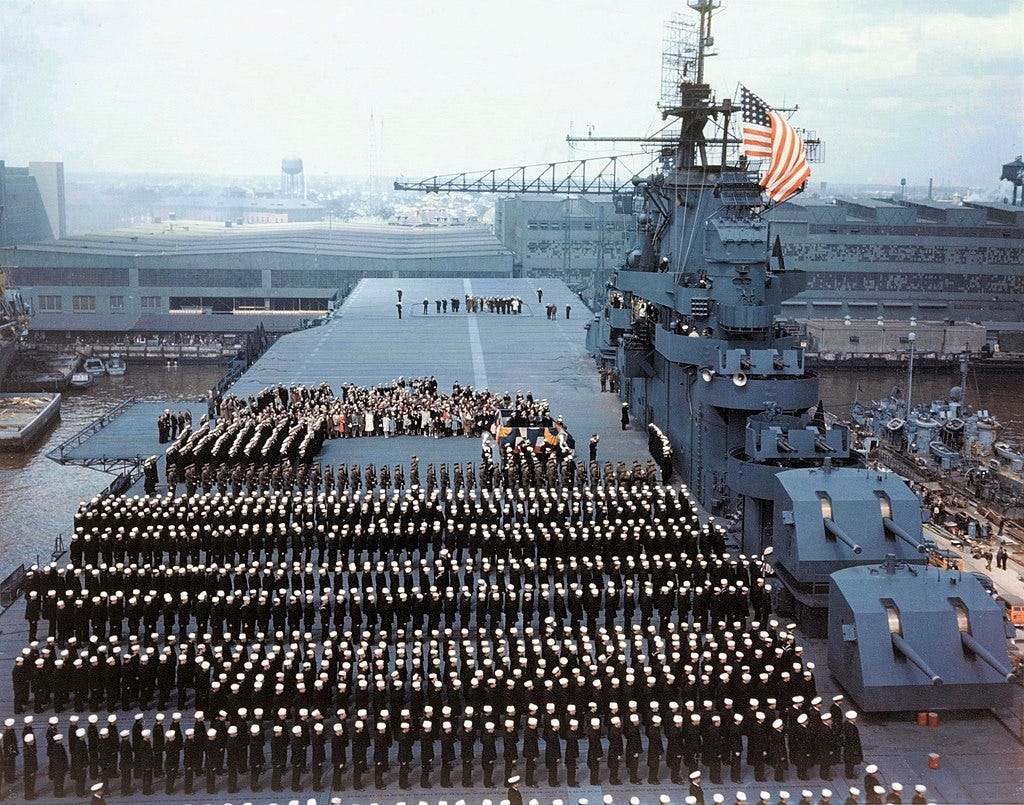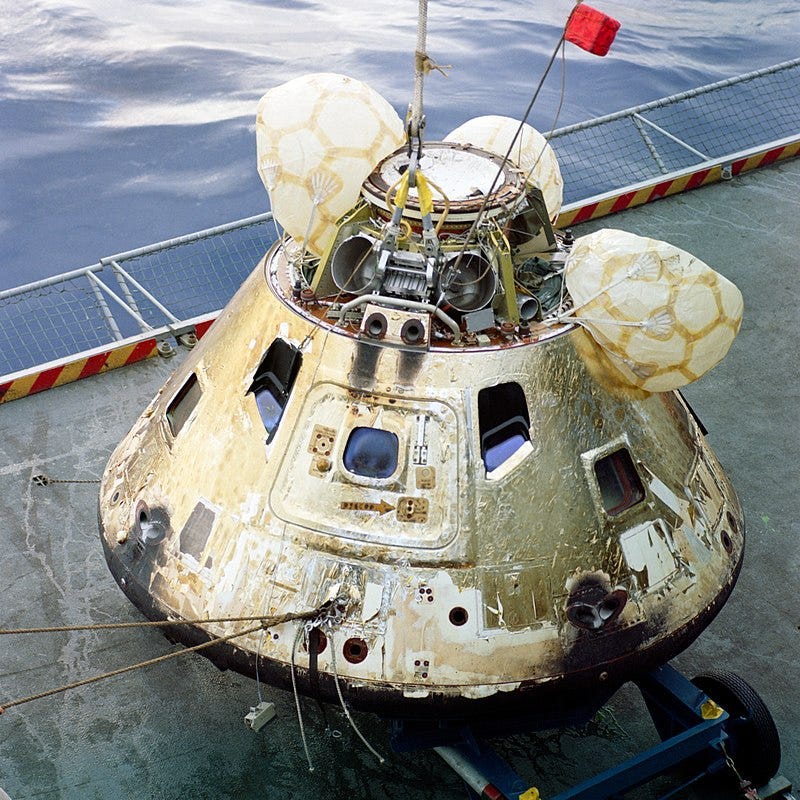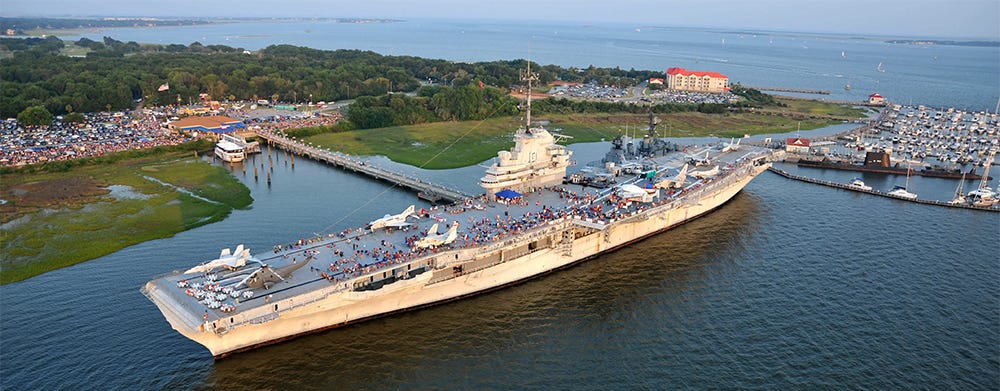#31: The Greenville native who invented the laser + the many lives of the USS Yorktown
For South Carolina history lovers far and wide! Enjoy weekly SC history and upcoming SC historical events
Dear reader,
Welcome to Newsletter #31 of The South Carolina History Newsletter! I’m so happy you’re here.
Meanwhile, the subscriber dashboards is back online! Welcome “heatherparmeter” “dbusby7855” “rcraft” “alexander” “Jdg204” “tfletcher.crossarrow” “niatesta” “kwalaka” and “rowhoe594z” to our SC History Newsletter community! Woohoo!
I hope you enjoy today’s newsletter, and as always, please feel free to reply to this email with your ideas and suggestions on South Carolina history you’d like to learn more about. I’m only a click away.
Additionally, please join us & keep the conversation going by becoming a member of our SC History Newsletter Facebook Community here! I can’t wait to meet you.
And now, let’s learn some South Carolina history!
Yours truly,
Kate
(Writing from Greenville, SC)
➳ SC History Fun Facts
I.
Do you know that Greenville native Charles Townes was a Nobel Prize-winning physicist who invented the maser, which led to the development of the first laser?
A sculpture of the physicist Charles Townes (1915-2015) sits on a bench in downtown Greenville. He appears deep in thought. In fact, the sculpture is meant to commemorate the very moment when the solution for Townes’ most important scientific discovery came to his mind. More on that discovery below…
Townes graduated in 1935 from Furman University with a B.S. in Physics and a B.A. in Modern Languages. He completed his masters in Physics at Duke University in 1937, and his PhD from California Institute of Technology. During World War II, Townes “worked on radar bombing systems at Bell Labs.”
In 1950, Townes was appointed professor at Columbia University, where he served as executive director of the Columbia Radiation Laboratory from 1950-1952. He was Chairman of the Physics Department from 1952 to 1955. In 1951, Townes conceived a “new way to create intense, precise beams of coherent radiation, for which he invented the acronym maser (for Microwave Amplification by Stimulated Emission of Radiation).” When the same principle was applied to higher frequencies, the term laser was used (the word "light" substituting for the word "microwave"). In 1953, Townes, and his colleagues James P. Gordon, and Herbert J. Zeiger built the first ammonia maser at Columbia University.
For his creation of the maser, Townes along with Nikolay Basov and Alexander Prokhorov received the 1964 Nobel Prize in Physics. Townes also developed the “use of masers and lasers for astronomy, was part of a team that first discovered complex molecules in space, and determined the mass of the supermassive black hole at the centre of the Milky Way galaxy.”
Townes was a religious man and a member of the United Church of Christ. In 2005, he was awarded the Templeton Prize for his efforts to build bridges between science and religion. He believed that "science and religion [are] quite parallel, much more similar than most people think and that in the long run, they must converge." See more from Townes in our Historical Quote section below.
Townes died at the age of 99, and was commemorated by Reinhard Genzel, a professor of physics at Berkeley, who said of his friend: "He [Townes] was one of the most important experimental physicists of the last century…His strength was his curiosity and his unshakable optimism, based on his deep Christian spirituality."
II.
Did you know that the USS Yorktown, that now serves as the Patriots Point Naval & Maritime Museum, served as a recovery ship for the 1968 Apollo 8 space mission, the first crewed ship to reach and orbit the moon ?
The USS Yorktown was commissioned in 1943 and was originally named the Bonhomme Richard, which is a nod Benjamin Franklin and his publication of Poor Richard’s Almanac. However, during construction, the ship was renamed after the USS Yorktown (CV-5) that sank in the Battle of Midway. She is the “fourth U.S. Navy ship to bear the name” and the name refers to the 1781 Battle of Yorktown, which led to the surrender of the British in the Revolutionary War.
The USS Yorktown participated in “several campaigns in the Pacific Theatre of Operations,” earning 11 battle stars and the Presidential Unit Citation.
In 1952, she was modernized as an “attack carrier (CVA),” and also served with distinction during the Korean War.
The ship was modernized again later to become an “anti-submarine carrier” (CVS), and served in the Pacific, and in the Vietnam War — earning “5 battle stars.”
Notably, the USS Yorktown served as a recovery ship for the December, 1968, Apollo 8 space mission, which was the first crewed ship to reach and orbit the Moon.
The USS Yorktown was decommissioned in 1970 and in 1975 became a museum ship at Patriots Point in Mount Pleasant, South Carolina. She was designated as a National Historic Landmark in 1986.
In the 1990s, a local radio station WSCI-FM, 89.3 housed its offices and library inside the ship and its broadcast booth was located in the ships “pri-fly” (primary flight control), the control tower of the aircraft carrier, overlooking the Charleston peninsula — how awesome is that? Alas, that splendid office arrangement didn’t last forever, and the radio operation shut down in 1998.
In its current capacity as a museum ship, the USS Yorktown has become a popular tourist attraction and welcomes close to 300,000 visitors per year. On your next visit to Charleston, it’s well worth a visit (click here for website)!
➳ Quote from an SC historical figure
I.
“Science tries to understand what our universe is like and how it works, including us humans. Religion is aimed at understanding the purpose and meaning of our universe, including our own lives. If the universe has a purpose or meaning, this must be reflected in its structure and functioning, and hence in science.”
— Charles Townes, native of Greenville, SC, and winner of the 1964 Nobel Prize in Physics
Sources used in today’s newsletter:
I always want to improve my work. Answer the poll below to give me your review of today’s newsletter. I also welcome your suggestions for new content! Simply reply to this email with your ideas. Thank you!




